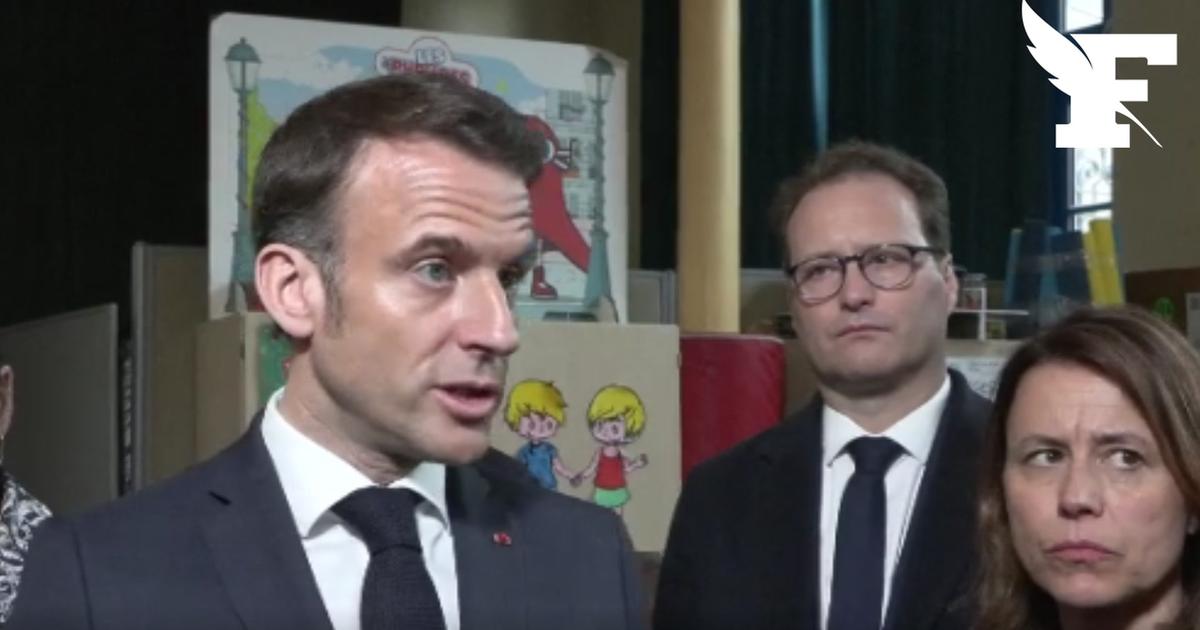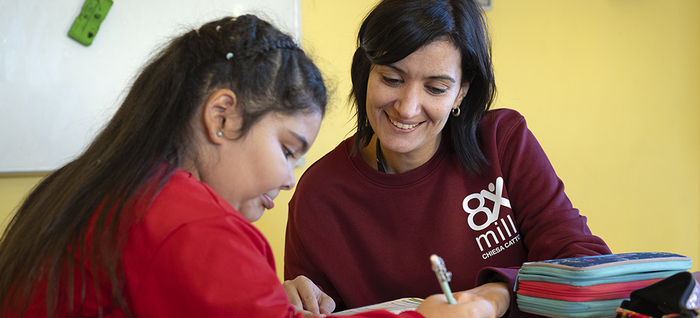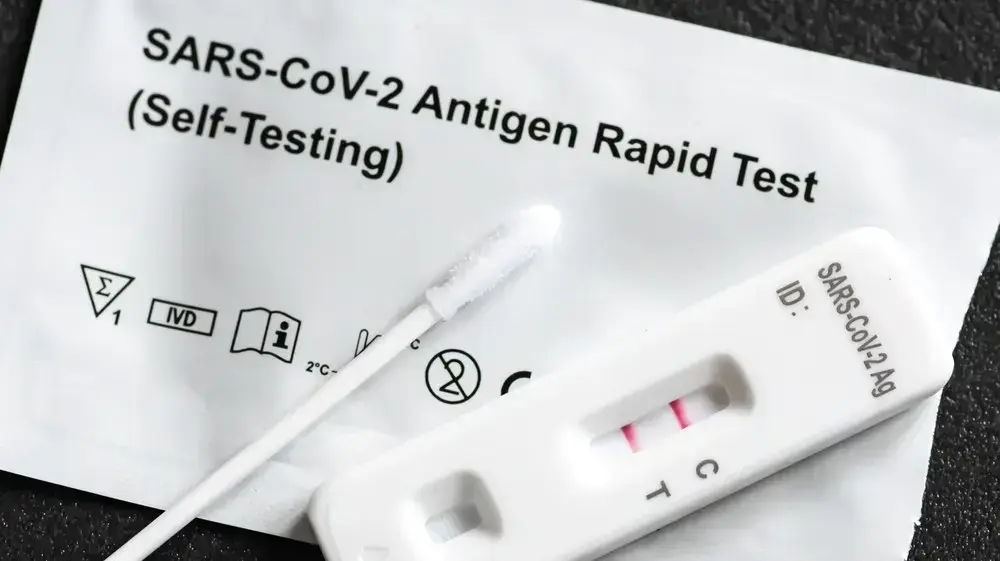Of them. The number of virtual classes in operation in France this Monday morning was still very modest. But the Ministry of Education expects that the proportion of pupils and teachers, forced to teach otherwise during the coronavirus epidemic, will reach thousands of pupils in the coming days. What will they learn and how? Update on the “educational continuity system”, presented this Monday afternoon.
For who ?
No question of preferring to follow the class remotely rather than for real, at school: the platform, deployed by the Cned, the National Center for Distance Education, is only accessible to students affected by a closure of their establishment. It has already been in operation for several weeks for 2000 pupils attending French lycées in China. This Monday, the rectorate of Amiens (Somme) opened the connections for the students of the Oise cluster.
Those of Morbihan will have access to it this Tuesday. Each school or establishment will send families, by email, a link allowing them to register on the “My class at home” platform. While France has 12 million students, "we calibrated the platforms for 6 million instant connections, it's robust," said Michel Reverschon-Billot, director general of Cned, on Monday during a press conference. at the Ministry of Education.
How it works ?
The device is actually divided into two entities. An online course and exercise service, on which students work alone, on the one hand, and an "online class", on the other hand, in which the teacher can bring his students together as for a videoconference, share documents with them, and even an interactive whiteboard online.
Maths, French, music ... "The platform allows you to both revise and learn new things, with adapted content," explains Edouard Geffray, number two of the ministry. All the subjects are available, in all the classes of the large section from kindergarten to the final year, and presented in the form of “days” of class lasting 3 to 4 hours. In total, the platform offers four full weeks of online courses, corresponding to the second quarter and end of first quarter programs.
At each start of the sequence, in college, a test assesses the state of knowledge of the student, to offer him an exercise path adapted to his level. Like the ski slopes, each one has a color: green, blue, red. Obviously, "we need a parental presence that accompanies the child at the start of primary school" for these online activities, warns Edouard Geffray. In middle and high school, however, teens can work alone.
Is the teacher teaching?
In addition to this content, telework teachers can open "online classes", to virtually bring their students together, but also communicate with them through the college's digital workspace, emails, etc., in order to provide them with a program of exercises and revisions, to be carried out online but not only: in the smallest classes in particular, the device raises the question of children's exposure to screens. "In terms of concentration too, the idea is not to put the child six hours a day in front of the computer," warns Edouard Geffray.
In other words, the “normal” school or college timetable will not apply at home: the teaching or the exercises will last less. In middle and high school, it is the principals and principals who will coordinate the "virtual classes", so that two teachers do not give an appointment to their students at the same time, in different disciplines.
What if we dry?
In theory, teachers are responsible for verifying that their students continue to follow the class. But they have, in fact, few means of verifying that the homework they give is done, that the one who connects is indeed a student, and that he is not playing with his console in his room in the middle of a lesson on fractions…
"The platform does not allow students to be traced, it offers a service", reframes Edouard Geffray. In the virtual classroom, however, teachers will be able to check if everyone is connected. But it is not known whether the “virtual absences” noted will be pointed out and sanctioned.














